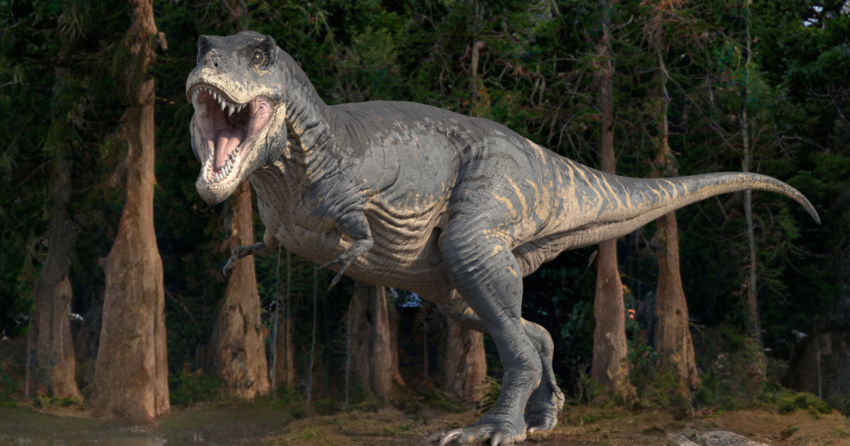The Tyrannosaurus rex, famously known as T. rex, is one of the most iconic dinosaurs in history. It has captured the imagination of scientists, filmmakers, and the public alike due to its sheer size, ferocity, and historical significance. But a question that often arises is: which country has the T. rex? The answer is primarily tied to where its fossils have been discovered and where they are housed today.
Where Did T. rex Live?
T. rex lived approximately 68 to 66 million years ago during the Late Cretaceous period. Fossil evidence shows that this apex predator inhabited parts of what is now North America. The species thrived in regions that were lush and teeming with life, featuring forests, rivers, and abundant prey. Its fossil remains have been predominantly found in the western United States and parts of Canada.
Fossil Discoveries in the United States
The United States is home to the majority of T. rex fossil discoveries. Key states where T. rex fossils have been unearthed include:
- Montana: The Hell Creek Formation in Montana is one of the most famous sites for T. rex fossils. Many well-preserved skeletons have been excavated here, including “Stan,” one of the most complete specimens ever found.
- South Dakota: Another hotspot for T. rex fossils, South Dakota boasts the discovery of “Sue,” the most complete and best-preserved T. rex skeleton to date. Sue is currently housed at the Field Museum of Natural History in Chicago.
- Wyoming: Known for its rich fossil beds, Wyoming has also yielded significant T. rex finds over the years.
Fossil Discoveries in Canada
Canada has also contributed to the discovery of T. rex fossils, particularly in the province of Alberta. The Dinosaur Provincial Park and surrounding formations are well-known for their wealth of dinosaur fossils, including fragments of T. rex skeletons. The Royal Tyrrell Museum in Drumheller, Alberta, houses some of these incredible finds and offers visitors a chance to marvel at this prehistoric predator.
Where Are T. rex Fossils Displayed?
T. rex fossils are now displayed in museums around the world, making it accessible for people from various countries to witness this prehistoric giant. While the majority of fossils are located in North American institutions, replicas and casts of T. rex skeletons are exhibited in museums globally, such as the Natural History Museum in London and the National Museum of Nature and Science in Tokyo.
Could T. rex Fossils Be Found Elsewhere?
While North America remains the primary location for T. rex fossils, paleontologists continue to explore other parts of the world for evidence of closely related species. Dinosaurs from the same family, such as Tarbosaurus, have been found in Asia, particularly in Mongolia and China. However, the true T. rex species is unique to North America.
Conclusion
The T. rex is a symbol of North American paleontology, with its fossils predominantly discovered in the United States and Canada. These discoveries provide valuable insights into the life and environment of this extraordinary predator. While the fossils are mostly housed in North American museums, the global fascination with T. rex ensures that its legacy is shared worldwide through exhibitions, replicas, and scientific research. For anyone wanting to experience the majesty of T. rex up close, North America remains the best destination to explore its history.For more information click dinorepeat.com

